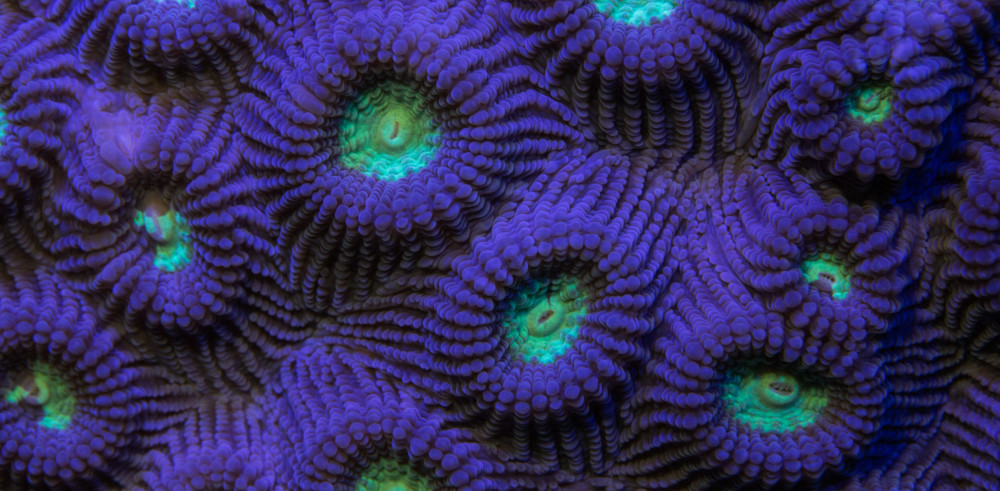The Amami Rabbit (Pentalagus furnessi) is an endangered species found on Amami and Tokuno Island. This rare species is a living national treasure of Japan and is currently listed as endangered on the IUCN red list of threatened species. It’s biggest threats are deforestation, feral cats, dogs and the introduced mongoose.
- Scientific Name: Pentalagus furnessi
- Common Name: Amami or Ryukyu Rabbit
- Japanese name: Amamino kuro usagi
- Distribution: Amami and Tokuno Island
- Habitat: Dense mountain forest
- Diet: Plants, shrubs, bark, and acorns
- Average size: 45cm
- Threats: Deforestation and the mongoose
We initially had some trouble finding the Amami Rabbit. We knew we were close once we started finding fresh rabbit droppings and a black insect that resembled a dung beetle.
We were fortunate to see over thirty rabbits during our night drive. We even found a photogenic juvenile feeding on leaves. The cute baby rabbits are referred to as kittens or kits.
It is illegal to capture or trap this small-eared Island rabbit. Both Islands are doing a great job protecting this threatened species and the forest it lives in.
The mongoose is the biggest threat to the wildlife of the Ryukyu Islands. It was introduced to the Ryukyu Islands in the1900’s In order to reduce the venomous habu populations. All the islands are still battling this never ending problem.
All the photographs of the Amami rabbit were taken from the car through the back seat window. In the beginning, I had difficulty with the cameras autofocus system. The rabbits were far away and left the scene after three- ten seconds. I adapted by mounting a Light&Motion GoBe light with a 500 search head to my tripod collar. This allowed the autofocus system to be extremely responsive using the Canon EF100-400mm f/4.5-5.6L IS II USM.
People often ask me what is the purpose of conservation photography? Having the ability to affect some form of positive change in the environment and make a global difference with the photographs. Hopefully, the images will inspire people to care more about nature and make a positive difference in the environment.
Light&Motion GoBe https://www.lightandmotion.com/choose-your-light/gobe
Let’s work together to protect the beauty of the Ryukyu Islands. Have a great day!









































































































